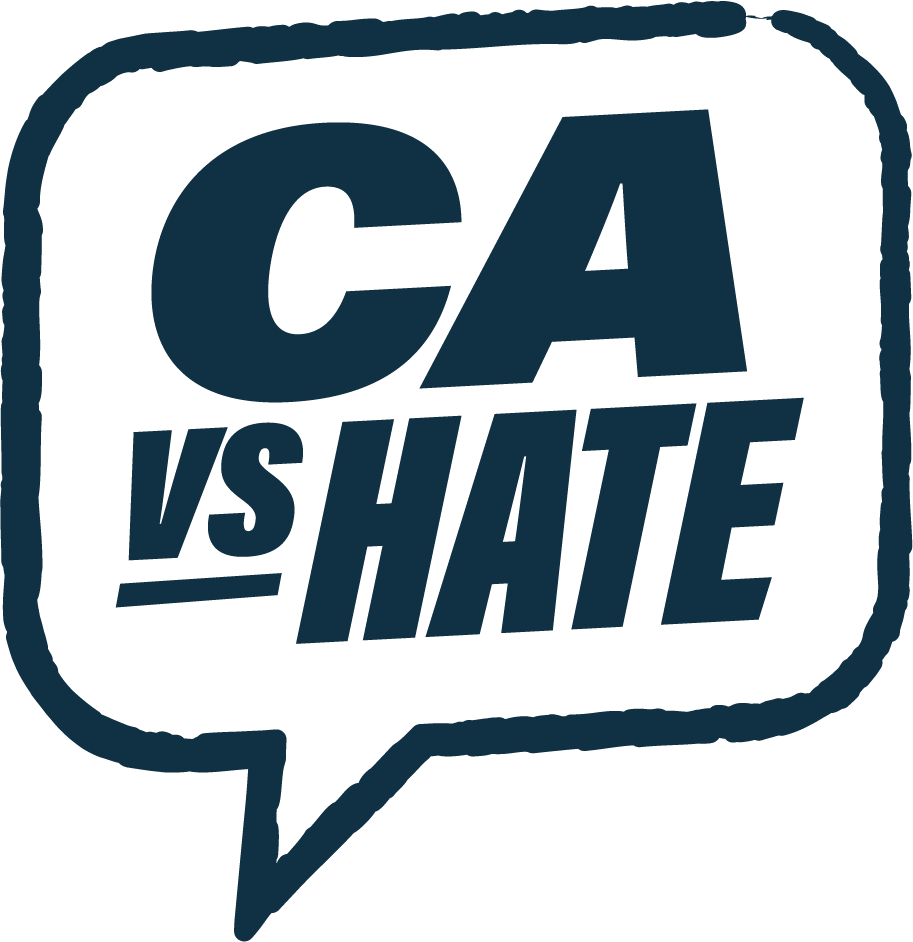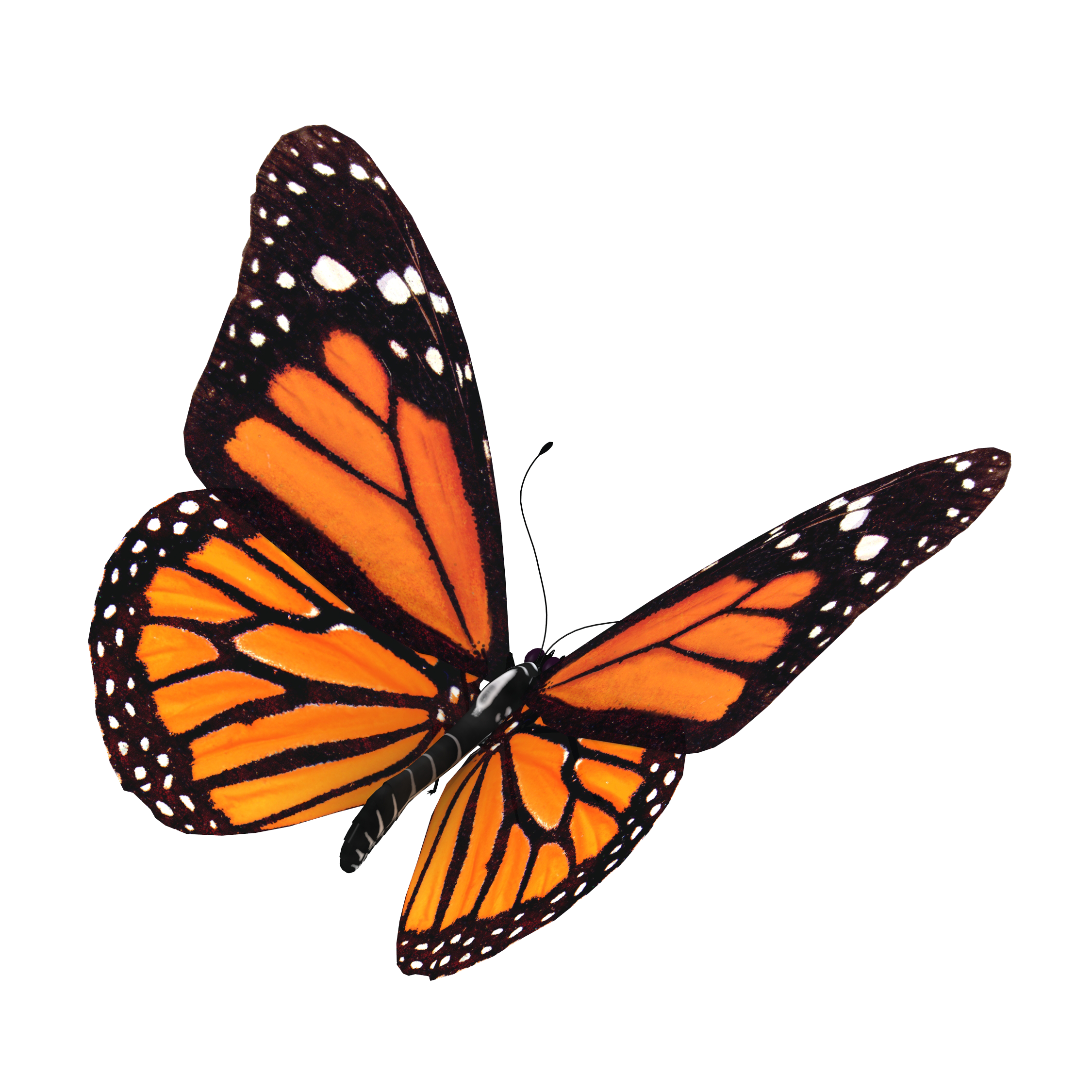What can support look like when reporting to CA vs Hate?
Nicanor “Nikki” and Julienne Arriola were brutally attacked and robbed in broad daylight outside the California State Capitol in Sacramento. The assault left Nikki with six broken ribs and Julienne with serious knee injuries—forcing them both to stop working as caregivers.
Struggling to make ends meet, the couple reported the hate crime and turned to the Filipino Migrant Center (FMC), a California Department of Social Services Stop the Hate partner, for support. With FMC’s help, they filed felony charges against their attacker. Now on a path toward healing, Nikki and Julienne are dedicated to supporting their community.
When Maissa began wearing her hijab to her job at a grocery store, her manager gave her an ultimatum: remove it or leave work. Maissa stood firm in her right to religious expression and walked out. Though another store manager later told her she could wear the hijab, the damage was done—Maissa felt humiliated and stayed home. Her manager retaliated, threatening termination for not returning.
She reported the incident and sought guidance from the Council on American-Islamic Relations – Los Angeles (CAIR-LA), a California Department of Social Services Stop the Hate partner. The next day, Maissa returned to work with a religious accommodation letter. Her manager apologized, and Maissa hasn’t faced discrimination since. With the support of community advocates, Maissa reclaimed her power.
When reporting to CA vs Hate, what can healing look like?
During the pandemic, Daniel tried to join a classmate for a game of basketball—only to be met with rejection and the words, “I don’t want that virus.” Hurt and confused, Daniel began distancing himself from his non-Asian peers. The sadness lingered until he reported the incident and connected with Khmer Girls in Action (KGA), a California Department of Social Services Stop the Hate partner, where he found connection through exploring his Southeast Asian identity.
With the support of KGA, Daniel began to heal from his experiences and became a youth leader, supporting his Black peers in combating anti-Blackness on campus. Hate isolated him. Community helped him grow.







